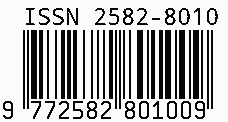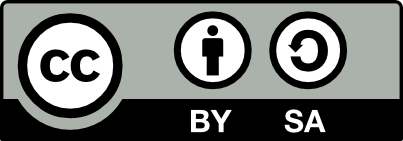
International Journal of Leading Research Publication
E-ISSN: 2582-8010
•
Impact Factor: 9.56
A Widely Indexed Open Access Peer Reviewed Multidisciplinary Monthly Scholarly International Journal
Plagiarism is checked by the leading plagiarism checker
Call for Paper
Volume 6 Issue 12
December 2025
Indexing Partners



















REFINING GRAPH COLORING SPEED IN CONTEXT-FREE GRAPHS USING SPARSE MATRICES
| Author(s) | Srinivasa Reddy Kummetha |
|---|---|
| Country | United States |
| Abstract | A system is an abstract configuration made up of a sequence of elements, typically referred to as vertices or hubs, interconnected by edges, which are often called links or routes. Each edge acts as a pathway between two vertices, indicating a connection or interaction. Systems are classified based on the characteristics of their elements and edges. A directed system, or digraph, involves edges with specific directionality, indicating movement from one vertex to another. On the other hand, an undirected system features two-way edges, symbolizing mutual interactions between linked vertices. In a weighted system, the edges are given numerical values that might represent aspects such as cost, power, or volume, while an unweighted system simply depicts the connections without additional quantitative data. System tagging is the process of assigning distinct identifiers, typically through colors, to vertices or edges according to predefined rules. The primary goal is to ensure that adjacent elements are not labeled with the same identifier. This technique is broadly applicable in practical scenarios such as task allocation, troubleshooting, and coordinated planning. For instance, it is used in scheduling to avoid conflicts, in signal distribution in communication systems to minimize interference, and even in puzzle-solving tasks like Sudoku. The colorability of a system refers to the smallest number of unique identifiers needed for proper labeling. Depending on its structure, a system may require only two identifiers (making it bipartite) or more. A typical method for system labeling is the greedy approach, which sequentially assigns the lowest available identifier that has not yet been used by neighboring vertices. Though this offers a rapid and straightforward solution, it may not always yield the least number of identifiers. Finding the most efficient labeling system, known as minimal colorability, is a computationally complex task classified as NP-complete, indicating that the difficulty increases significantly with the size of the system. Despite this computational challenge, system labeling is essential in many disciplines. In systems engineering, it helps in managing storage in processors to boost performance. In broadcasting, it helps prevent frequency conflicts by properly assigning signals. Furthermore, it plays a critical role in logistics, ensuring that tasks and resources are allocated effectively without conflicts. This paper addresses on reducing the access time at context free graph coloring using sparse matrix. |
| Keywords | Complete graph, null graph, degree, in degree, outdegree, edge, bipartite, connected graph , disconnected graph |
| Field | Computer Applications |
| Published In | Volume 4, Issue 8, August 2023 |
| Published On | 2023-08-10 |
| Cite This | REFINING GRAPH COLORING SPEED IN CONTEXT-FREE GRAPHS USING SPARSE MATRICES - Srinivasa Reddy Kummetha - IJLRP Volume 4, Issue 8, August 2023. |
Share this


CrossRef DOI is assigned to each research paper published in our journal.
IJLRP DOI prefix is
10.70528/IJLRP
Downloads
All research papers published on this website are licensed under Creative Commons Attribution-ShareAlike 4.0 International License, and all rights belong to their respective authors/researchers.

